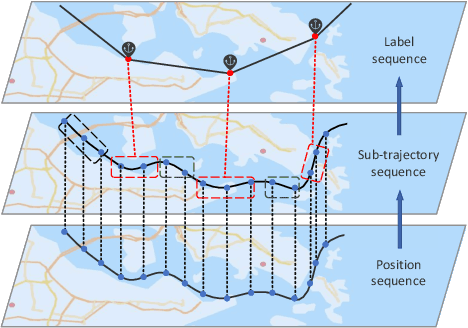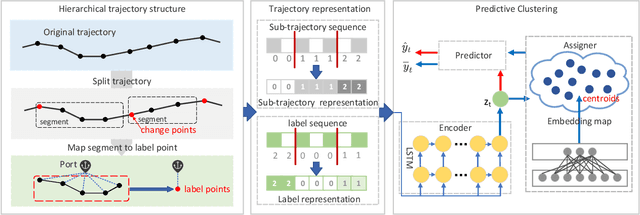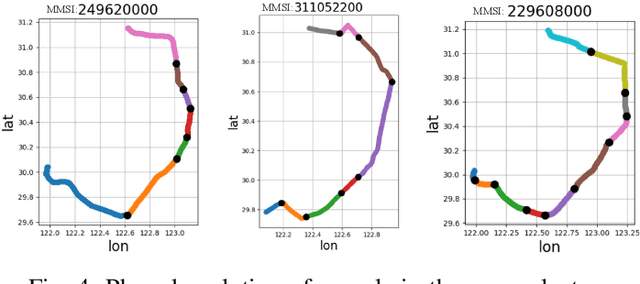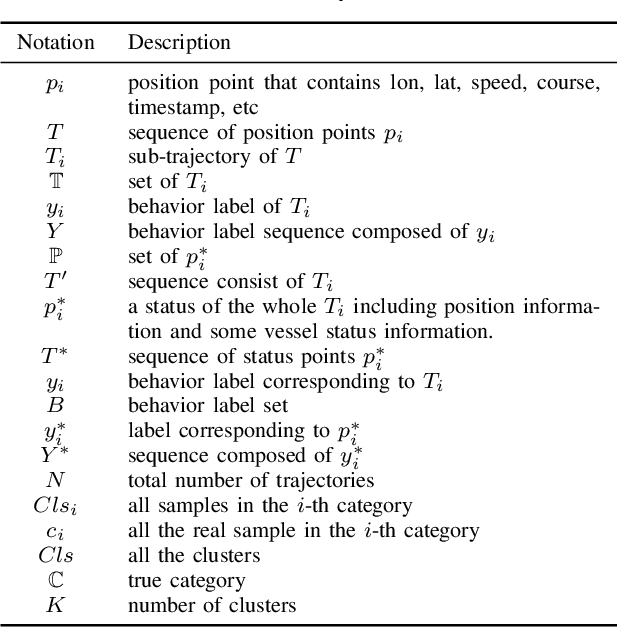Zhu Xiao
Pedestrian Trajectory Prediction Based on Social Interactions Learning With Random Weights
Jan 13, 2025



Abstract:Pedestrian trajectory prediction is a critical technology in the evolution of self-driving cars toward complete artificial intelligence. Over recent years, focusing on the trajectories of pedestrians to model their social interactions has surged with great interest in more accurate trajectory predictions. However, existing methods for modeling pedestrian social interactions rely on pre-defined rules, struggling to capture non-explicit social interactions. In this work, we propose a novel framework named DTGAN, which extends the application of Generative Adversarial Networks (GANs) to graph sequence data, with the primary objective of automatically capturing implicit social interactions and achieving precise predictions of pedestrian trajectory. DTGAN innovatively incorporates random weights within each graph to eliminate the need for pre-defined interaction rules. We further enhance the performance of DTGAN by exploring diverse task loss functions during adversarial training, which yields improvements of 16.7\% and 39.3\% on metrics ADE and FDE, respectively. The effectiveness and accuracy of our framework are verified on two public datasets. The experimental results show that our proposed DTGAN achieves superior performance and is well able to understand pedestrians' intentions.
Predictive Clustering of Vessel Behavior Based on Hierarchical Trajectory Representation
Mar 15, 2024



Abstract:Vessel trajectory clustering, which aims to find similar trajectory patterns, has been widely leveraged in overwater applications. Most traditional methods use predefined rules and thresholds to identify discrete vessel behaviors. They aim for high-quality clustering and conduct clustering on entire sequences, whether the original trajectory or its sub-trajectories, failing to represent their evolution. To resolve this problem, we propose a Predictive Clustering of Hierarchical Vessel Behavior (PC-HiV). PC-HiV first uses hierarchical representations to transform every trajectory into a behavioral sequence. Then, it predicts evolution at each timestamp of the sequence based on the representations. By applying predictive clustering and latent encoding, PC-HiV improves clustering and predictions simultaneously. Experiments on real AIS datasets demonstrate PC-HiV's superiority over existing methods, showcasing its effectiveness in capturing behavioral evolution discrepancies between vessel types (tramp vs. liner) and within emission control areas. Results show that our method outperforms NN-Kmeans and Robust DAA by 3.9% and 6.4% of the purity score.
 Add to Chrome
Add to Chrome Add to Firefox
Add to Firefox Add to Edge
Add to Edge